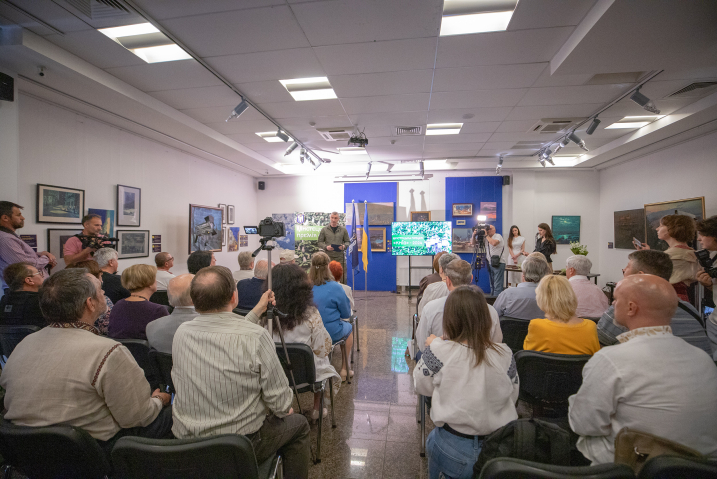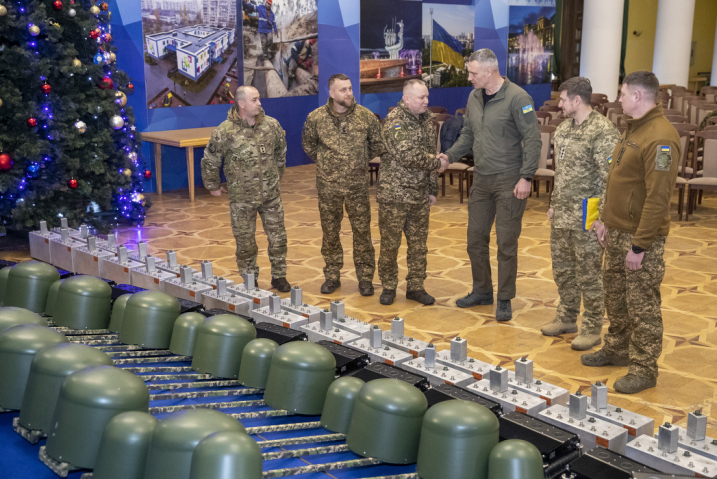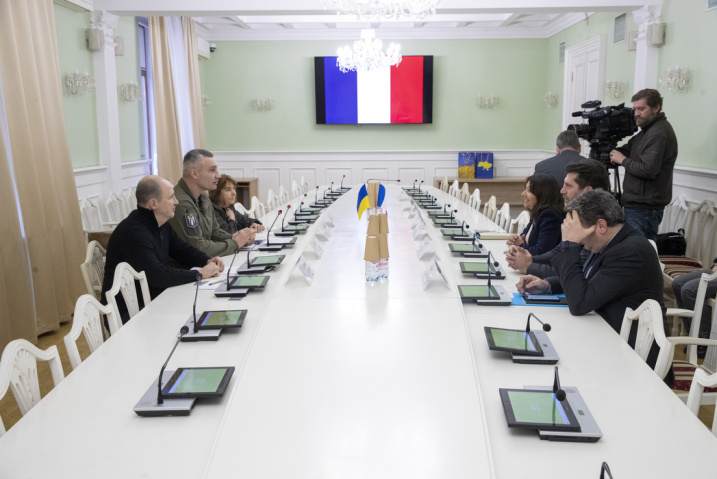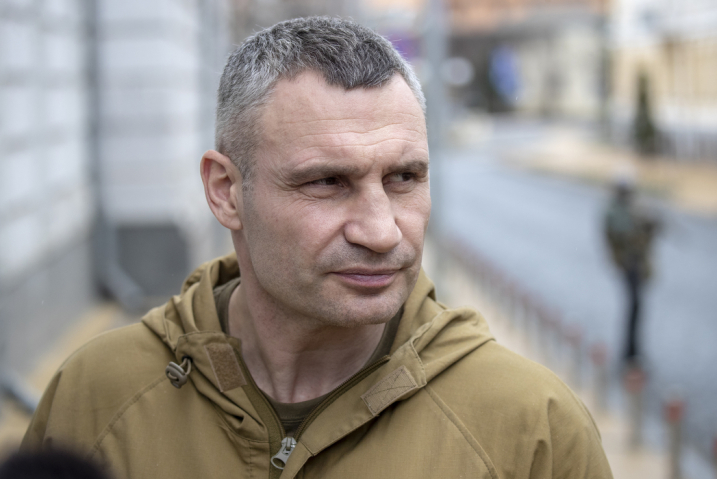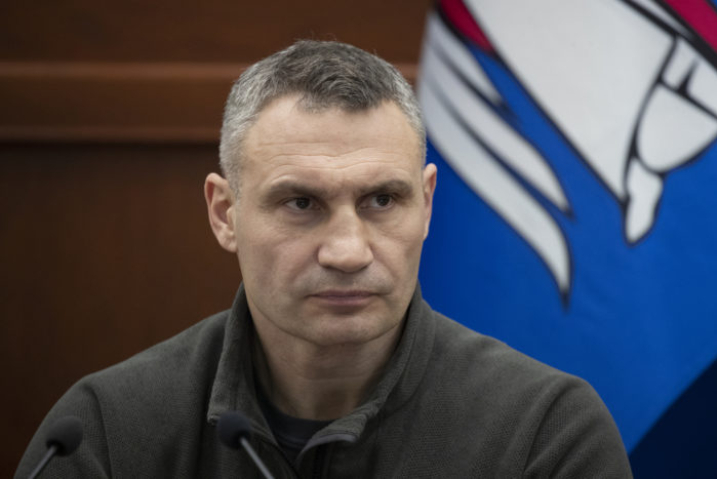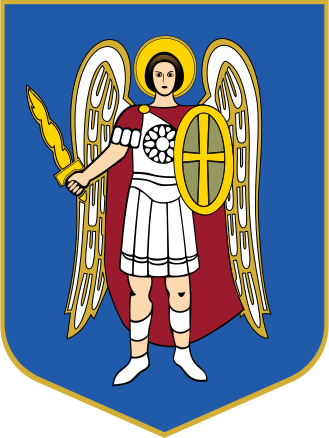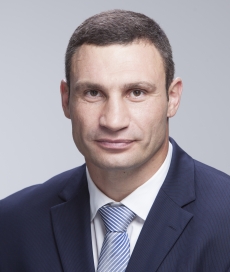Управління забезпечення діяльності постійної комісії Київської міської ради з питань бюджету, соціально-економічного розвитку та інвестиційної діяльності
м. Київ, вул. Хрещатик, 36, каб. 1001
Управління з питань персоналу Київської міської ради
м. Київ, вул. Хрещатик, 36, каб. 913 Телефон: 202-70-18 Факс: 202-72-29
Управління забезпечення діяльності постійної комісії Київської міської ради з питань власності та регуляторної політики
м. Київ, вул. Хрещатик, 36, кім. 1015
Управління правового забезпечення діяльності Київської міської ради
м. Київ, вул. Хрещатик, 36, кім. 904
Управління організаційного та документального забезпечення діяльності Київської міської ради
м.Київ, вул. Хрещатик, 36, кім.905
Управління документообігу, аналізу кореспонденції та контрольно-аналітичної роботи Київської міської ради
м.Київ, вул. Хрещатик, 36, кім. 105
Управління забезпечення діяльності постійних комісій Київської міської ради
м.Київ, вул. Хрещатик, 36, каб. 1006
Управління забезпечення діяльності постійної комісії Київської міської ради з питань архітектури, містопланування та земельних відносин
м. Київ, вул. Хрещатик, 36, кім. 1007 – 1011
Управління адміністративно-господарського забезпечення Київської міської ради
Управління забезпечення діяльності заступника міського голови - секретаря Київської міської ради
м. Київ, вул. Хрещатик, 36, кім. 409
Управління планово-фінансової діяльності, бухгалтерського обліку та звітності Київської міської ради
м.Київ, вул. Хрещатик, 36, кім 706, 707
Управління з питань запобігання та виявлення корупції
м. Київ, вул. Хрещатик 36, каб. 1111
Відділ організаційно-методичного забезпечення діяльності депутатів Київської міської ради
м. Київ, вул. Хрещатик, 36, каб. 401
Відділ правової експертизи проєктів актів Київського міського голови та Київської міської ради
м. Київ, вул. Хрещатик, 36, кім, 925
Відділ з питань запобігання та виявлення корупції
м. Київ, вул. Хрещатик 36 каб.1112
Відділ з питань підготовки та контролю за виконанням антикорупційних програм
м.Київ, вул. Хрещатик, 36, каб. 1112
Відділ опрацювання рішень Київської міської ради та методичної роботи
м. Київ, вул. Хрещатик, 36, кім. 903
Відділ інформаційно-документального забезпечення діяльності Київської міської ради
м.Київ, вул. Хрещатик, 36, каб. 1005/2,1005/3, 905а
202-72-21, 202-72-18, 202-72-19, 202-70-28
Відділ реєстрації проектів рішень Київської міської ради та архівної справи
м.Київ, вул. Хрещатик, 36, каб. 904, 1106
202-70-54, 202-70-34, 202-70-86, 202-70-91, 202-73-07 факс 202-70-30,
Відділ випуску, реєстрації та оприлюднення рішень Київської міської ради
м.Київ, вул. Хрещатик, 36, кім. 904, 905а
202-79-15, 202-70-24, 202-70-86
Відділ організаційного забезпечення засідань Київської міської ради
м.Київ, вул. Хрещатик, 36, каб. 905а
Відділ електронного документообігу та аналізу службової кореспонденції
м.Київ, вул. Хрещатик, 36, кім.104a
Відділ по роботі із запитами на публічну інформацію та документами дозвільного характеру
м.Київ, вул. Хрещатик, 36, кім.105
Відділ реєстрації, обліку та контролю звернень громадян
м.Київ, вул. Хрещатик, 36, кім.105
Відділ забезпечення діяльності постійних комісій Київської міської ради з питань інфраструктури
м.Київ, вул. Хрещатик, 36, каб. 1021
Відділ забезпечення діяльності постійних комісій Київської міської ради з питань гуманітарної політики
м.Київ, вул. Хрещатик, 36, каб. 1003
Відділ забезпечення діяльності постійних комісій Київської міської ради з питань підприємництва та благоустрою
м.Київ, вул. Хрещатик, 36, каб. 1014
Сектор забезпечення діяльності комісії Київської міської ради з питань поновлення прав реабілітованих
м.Київ, вул. Хрещатик, 36, каб. 1115
Відділ з питань архітектури та містопланування
м. Київ, вул. Хрещатик 36, кім. 1011
202-70-56, 202-70-93, 202-73-06
Відділ з питань земельних відносин
м. Київ, вул. Хрещатик 36, кім. 1007
202-72-32, 202-73-09, 202-70-37
Відділ господарського забезпечення
вул. Хрещатик, 36, кім. 1102
202-70-49, 202-70-16, 202-72-26, 202-70-78
Відділ адміністративного забезпечення
м.Київ, вул. Хрещатик, 36
202-70-44, 202-70-04, 202-70-46, 202-70-78
Відділ організаційного забезпечення діяльності заступника міського голови - секретаря Київської міської ради
м. Київ, вул. Хрещатик 36, кім. 409
Відділ забезпечення відкритості діяльності Київської міської ради
м. Київ, вул. Хрещатик, 36, кім. 408
Відділ бухгалтерського обліку та звітності секретаріату Київської міської ради
м. Київ, вул. Хрещатик, 36, кім. 707
Відділ фінансового забезпечення розпорядників та одержувачів бюджетних коштів
м. Київ, вул. Хрещатик 36, кім. 706
Керівництво секретаріату
м.Київ, вул. Хрещатик, 36
Керуючий справами: 202-77-29
Відділ опрацювання кореспонденції з питань архітектури, містопланування та земельних відносин
м.Київ, вул. Хрещатик, 36, кім 1009
Управління з питань розвитку місцевого самоврядування, механізмів прямої демократії та цифрової трансформації
вул. Хрещатик, 36, каб. 510, 701а, 701б, 1019.
202-70-48, 202-73-97, 202-71-07
Відділ з питань розвитку механізмів прямої демократії
вул. Хрещатик, 36, каб. 1114
Відділ з питань розвитку місцевого самоврядування та цифрової трансформації
вул. Хрещатик, 36, каб. 510
Управління інформаційно-комунікаційних систем та технологій
м. Київ, вул. Хрещатик 36, кім. 404, 417, 513
Відділ забезпечення інформаційно-комунікаційної мережі
м. Київ, вул. Хрещатик 36, кім. 417
202-71-21, 202-79-11, 202-71-01
Відділ забезпечення та розвитку інформаційно-комунікаційних систем
м. Київ, вул. Хрещатик 36, кім. 1115
202-71-16, 202-79-54, 202-70-73
Відділ забезпечення діяльності постійних комісій Київської міської ради
вул. Хрещатик, 36, каб. 1023
Відділ кадрового обліку та нагород
м. Київ, вул. Хрещатик, 36, каб. 913 Телефон: 202-70-18 Факс: 202-72-29
Сектор по роботі з відкритими даними Київської міської ради
м. Київ, вул. Хрещатик, 36, каб. 1115
Сектор публічних закупівель
Відділ з питань служби в органах місцевого самоврядування
Адреса: м. Київ, вул. Хрещатик, 36, каб. 913 Телефон: 202-70-18 Факс: 202-72-29
